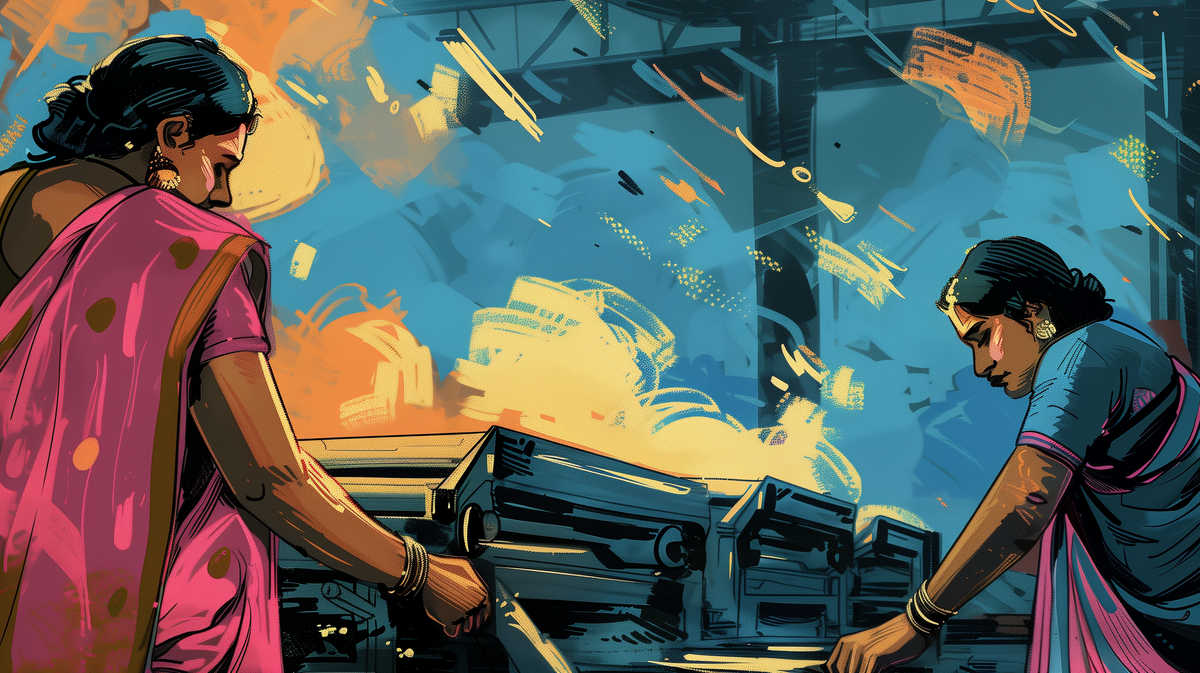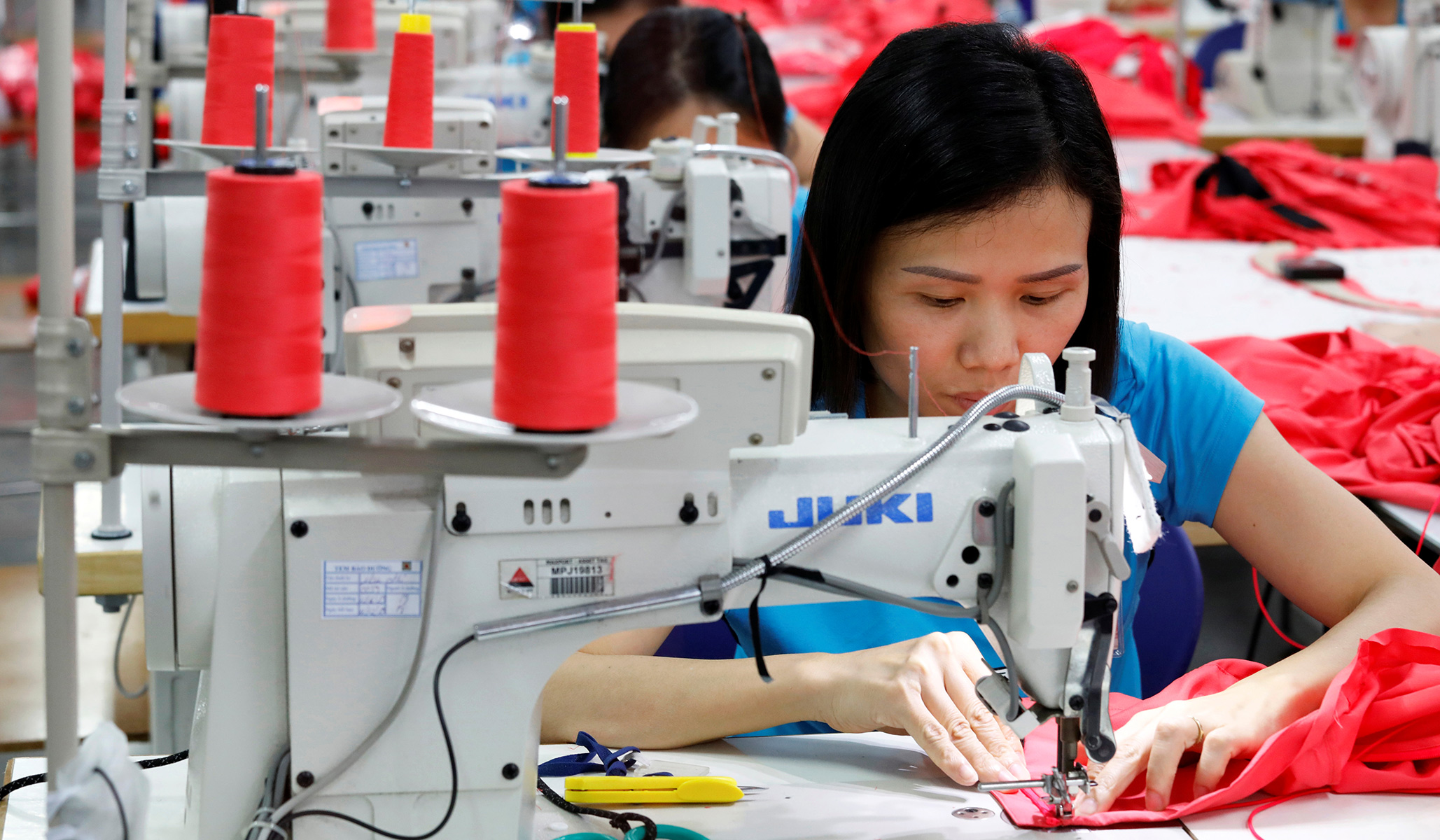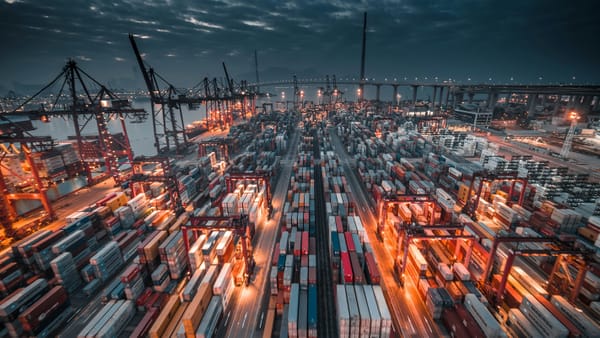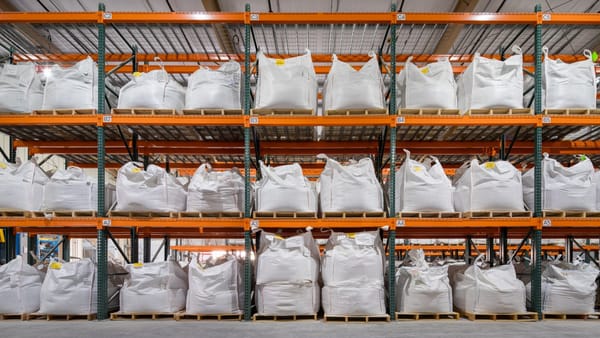Factories of Progress: “We risk killing the golden goose because we've grown sick of collecting golden eggs.”

Tony Morley, June 5th, 2025
This op-ed was published in an abridged and edited edition by National Review, on June 17th, 2025. The unabridged is contained herein:


Welcome to The Up Wing
You’re reading an op-ed from The Up Wing. We report on the past, present, and future of human progress, and optimistic news. We’re pro-growth, free markets, progress, techno-optimism, classical liberalism, and a better future for civilization. Please consider supporting our mission and newsletter here: Support The Up Wing and or help support the project by liking and sharing this op-ed on X/Twitter,
“In the race to impose ever greater tariffs, and turn our backs on globalization, we risk killing the golden goose because we've grown sick of collecting golden eggs.”
The introduction of factory manufacturing in the developing world changed the lives of more than a billion people, and in doing so, it helped to lift much of the world out of extreme poverty. Factories in developing countries are often portrayed as involuntary labor camps at worst, and as centers of semi-coercive employment at best. Hot, uncomfortable, dangerous, a wholly unwelcoming place where workers are conscripted against their interests to toil for the betterment of Western Civilization.
While this picture of the average factory in the developing world may seem temptingly intuitive, it is far from an accurate portrayal of modern industrialization and manufacturing in low—and middle-income countries. For over fifty years, the factory has provided an escape from the crushing immiseration and unfathomable drudgery of subsistence farming.
Subsistence farming in low and middle-income countries is by no means an agrarian utopia; areas of the world where a large proportion of the population remains engaged in small-scale farming are still the poorest places on earth today. Rather than a back-to-nature, organic paradise, subsistence farming is an exhausting, dangerous, painfully low-income, hand-to-mouth existence that is literally backbreaking. Families who work these small farms all too often cannot afford an education or medical care for their children and suffer extremely low standards of living. They live one bout of ill health or failed harvest away from serious economic stress, hunger, and hardship, with little or no financial safety net.
The factories many Westerners view as engines of oppression are, in fact, prime movers in driving up standards of living for the world’s poor. While factories are an intermediary step for most countries on the path to prosperity, they are, of course, not without fault. Factory work has historically been dangerous and laborious work, undertaken in long shifts, usually six days a week. Factories have conscripted children, exploited workers, and failed to ensure the health and safety of those who labor within them and have all too often caused significant local environmental damage. While conditions have improved in the majority of factories in recent decades, these issues remain to varying degrees in the developing world.
What we can say, however, with historical certainty, is that, on the whole, factories and industrialization tend to bring improved economic opportunities, higher living standards, lower child mortality rates, and increased life expectancy.
Over the last fifty years, the women, men, and children who staff these factories have left the countryside and their farms by the millions, drawn by improved economic opportunities and a more prosperous and abundant life. For those of us living in the richest, highly developed nations, the idea of factories and industrialization bringing prosperity feels alien and unsettling, and this has been the case since the center of manufacturing shifted from the West to the East. C.P. Snow wrote of our collective and ongoing attitude towards industrialization in the developing world in his 1959 essay The Two Cultures —
“It is all very well for one, as a personal choice, to reject industrialization—do a modern Walden, if you like, and if you go without much food, see most of your children die in infancy, despise the comforts of literacy, accept twenty years off your own life, then I respect you for the strength of your aesthetic revulsion. But I don't respect you in the slightest if, even passively, you try to impose the same choice on others who are not free to choose. In fact, we know what their choice would be. For, with singular unanimity, in any country where they have had the chance, the poor have walked off the land into the factories as fast as the factories could take them.”
Improved quality of life and economic opportunities rose in lockstep with industrialization across China, as millions of rural Chinese abandoned subsistence farming, left the land, and migrated to the cities to take up manufacturing work. Between 1980 and 2023, China's GDP per capita increased from $1,330 to $19,200, while average life expectancy rose by 14 years, from 64.4 years to 78.4 years. The improvements in life expectancy were not due principally to adult Chinese living longer, but rather to far fewer children dying young.
Unprecedented economic growth on a national scale and increased economic opportunity on the individual scale created the wealth required to provide hundreds of millions of people with a better, healthier, safer, and longer-lived life. Manufacturing’s positive influence on economic opportunity and living standards isn’t restricted to China. As manufacturing spreads through India, Southeast Asia, and Africa, it brings with it a measure of prosperity and abundance that could not be supported by subsistence agriculture.
Globalization and largely unrestricted trade have led to the greatest decline in extreme poverty in the history of civilization. Starting at the dawn of the Industrial Revolution, global extreme poverty steadily decreased from 81% in 1800 to 57% in 1950. As globalization took hold in earnest in the post-World War II era, many countries began trading more intensively and manufacturing for each other; this helped drive down global extreme poverty further. Between 1950 and 2023, global extreme poverty was reduced dramatically, from 57% to less than 10%.
Unfortunately, from 2018 to 2025, a broader global movement of economic protectionism and strong political hostilities toward free trade and globalization has emerged, undermining the very forces that have driven global prosperity, abundance, stability, and security. Policies and political positions that hinder trade and globalization risk jeopardizing the hard-won improvements in living standards for people in low- and middle-income countries. Countries with extensive bi-directional trade tend to be much less likely to engage in war, supporting a freer and more prosperous population, and we need to keep this in mind when we propose throwing up economic barriers to global trade.
Globalization, ubiquitous, largely free trade, and the factories that help bring economic growth, prosperity, and improved living standards are by no means a guaranteed state of civilization. The aggressive trade wars that began in 2018, along with a growing push towards economic protectionism, barriers to trade, and increasing political hardening between countries, threaten to derail economic development in much of the world through the coming years.
We are at a pivotal time in history; manufacturing and industrialization have lifted billions of people out of extreme poverty and provided unprecedented economic opportunities. The great enrichment that began with the Industrial Revolution has yet to be fully realized, but now is the time for people and governments to ensure that the policies they draft and deploy promote freedom, trade, globalization, cooperation, and mutual prosperity.
Policies that hinder globalization and reduce trade are policies that decrease global prosperity, kill factories, and increase global poverty. The implementation of such policies should be strictly avoided. In the race to impose ever greater tariffs and turn our backs even further on globalization, we risk killing the golden goose because we've grown sick of collecting golden eggs.
Support the mission by subscribing







